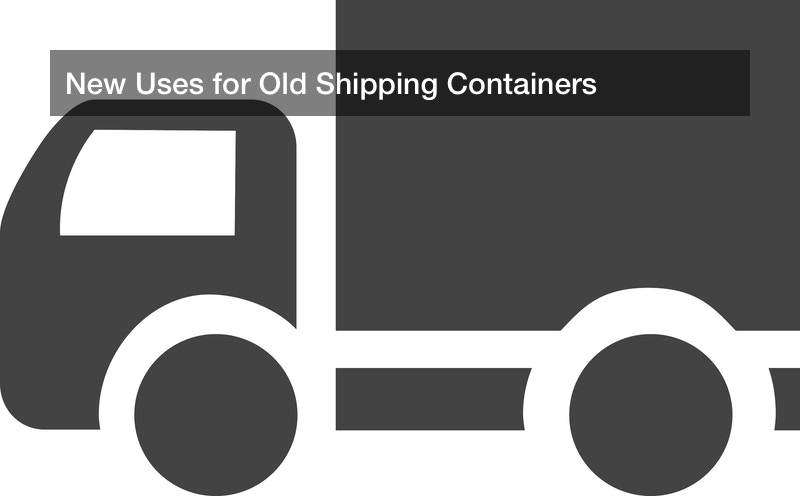
A lot of the world’s trade is done by ship, where a massive ship will be loaded with many steel shipping containers and sent to foreign ports for trade. In fact, 95% of the world’s cargo is delivered this way, and containers of all sizes may contain goods such as cars, furniture, foodstuffs, and many other goods. Many millions of these containers can be found around the world today, but not all are being used. Over half are simply sitting around in storage, where they don’t do any good for anyone. Fortunately, entrepreneurs have realized that if they buy used shipping containers, they can convert those metal boxes into shipping container houses, portable office containers, and even fast food restaurants or coffee shops. If you buy used shipping containers, you will have a ready-made box that can be converted into a useful building, and this idea is gaining popularity.
Steel Boxes
What is there to know about these steel containers? They vary in size, and may be as short as 40 feet or as long as 1,300 feet (the largest of all). Such boxes are made of steel and often painted a single color, and they can be easily stacked when they are on trade ships. Such boxes have doors on their ends that can lock and unlock. It is believed that today around the world, 17 million steel shipping containers can be found, but among them, only six million are in active use for trade. This means taht 11 million are idle in storage, and an interested entrepreneur may buy used shipping containers in large numbers if they choose. If nothing else, an unused shipping container can be melted down for its steel, and steel is a widely used (and recycled) material around the world. Just one typical steel container can yield over 3,000 kilograms of steel.
But suppose that you chose to buy used shipping containers and put them to use some other way. This can make for convenient and resource-efficient construction, and the idea has taken root across the United States. There are many options for this.
Shipping Container Buildings
After some builders have purchases one or more steel shipping containers, they may convert those boxes into houses, coffee shops, storage sheds, mobile offices, and more. Many regions in the United States suffer from a shortage of affordable housing, but buying steel containers can help. These metal boxes form the frame for a new house, and they can be fully fabricated on the inside to match a more conventional house. Some shipping container homes are made from (and therefore shaped like) a single shipping container, but others may be bigger. Two or more shipping containers can be fused to form a larger structure, and this involves removing some of the walls from those boxes to combine their space. Some shipping container homes may have a second floor, and may be made of four or even six such containers.
Meanwhile, builders on the American west coast experimented with steel boxes in the late 2000s, and they built the nation’s first steel container fast food restaurant. The idea proved a success, and more restaurants and coffee shops started being built this way, too. The box is placed wherever desired, and holes are cut in its body for windows, utilities, and more. The inside can become fully fabricated with lights, carpeting, a counter and cash register, a small kitchen, and more, with fully functional utilities. The end result is an eatery that’s not only resource efficient, but also a charming novelty.
Finally, these containers can also be used to create a mobile office, and it is typically construction companies that make use of them. Once a steel shipping container is converted into a mobile office, that office can be placed on the premises of any construction site the company is responsible for. This is standard practice for construction companies, and converted steel containers can also be used to make a rest area or barracks for the workers during the project. That office may have wall holes cut out and windows installed, not to mention wall fabrications, lighting, a carpet, and of course, furniture.

